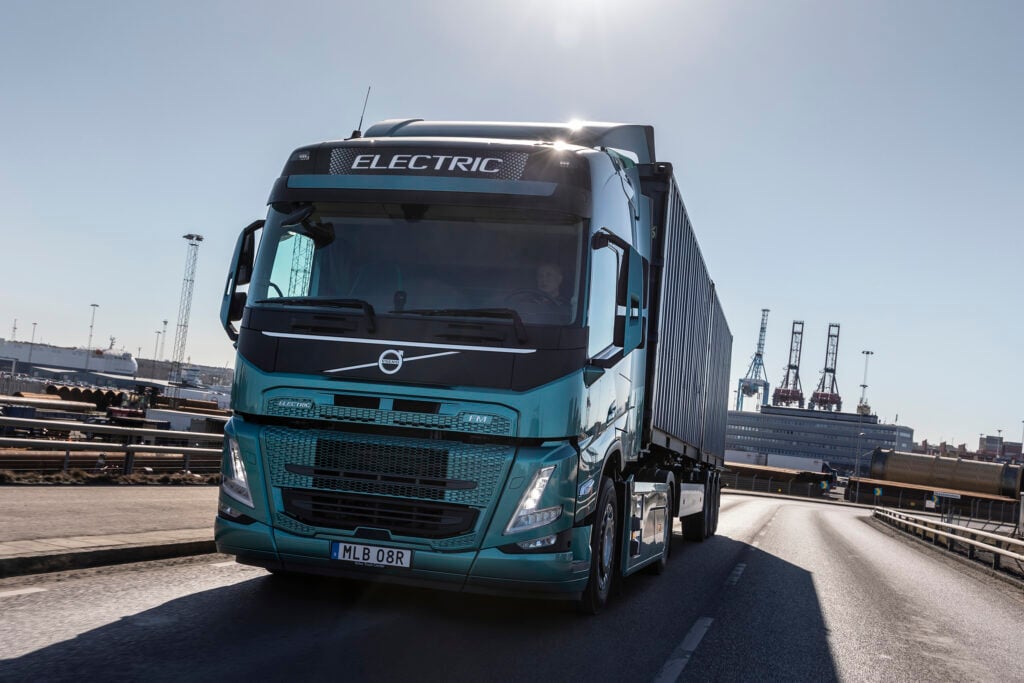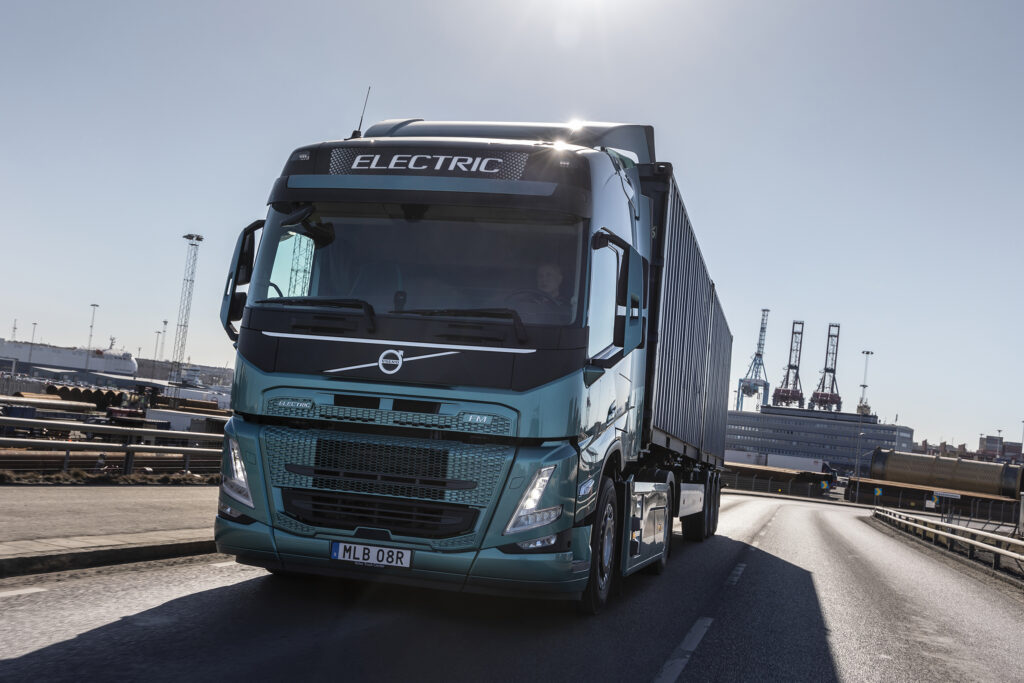The electric revolution: powering Ireland’s freight future


The road freight industry stands at a critical juncture in Ireland. With diesel-powered heavy goods vehicles (HGVs) accounting for a disproportionate 20% of all road transport emissions while comprising just 7.1% of vehicles on Irish roads, the need for change is clear. Enter the electric HGV (eHGV) - a promising solution that's already making waves in our transport sector.
According to recent statistics from Motorstats[1], Ireland's motor industry data provider, 22 battery-powered electric HGVs were added to the Irish fleet between January 2022 and March 2024. While this number may seem small, it represents a significant step forward in a traditionally diesel-dominated sector. It's no secret that eHGVs come with a higher initial price tag.
However, this upfront investment is quickly offset by the remarkable efficiency and lower operating costs of these vehicles. A 2018 study by the California Air Resource Board[2] highlighted just how efficient eHGVs can be. At highway speeds of 80 km/h, electric trucks were found to be three times more efficient than diesel vehicles.
Even more impressively, in low-speed, stop-start conditions typical of urban deliveries, eHGVs demonstrated up to nine times greater efficiency. Beyond efficiency: the many benefits of eHGVs This effectiveness translates directly into cost savings for operators.
With lower fuel costs, reduced maintenance requirements, the total cost of ownership for eHGVs can be significantly lower than traditional diesel trucks over their lifetime. The near-silent operation of the electric HGV also makes them ideal for urban deliveries and night-time operations. And, with fewer moving parts and no complex emissions control systems, eHGVs require less frequent servicing.
These benefits will be of zero consequence though if fleet operators don't have the confidence to invest in eHGV fleets because of a lack of charging infrastructure. There is, however, light at the end of the tunnel. Charging Ahead: SSE's Commitment to Infrastructure
For eHGVs to truly thrive, a robust charging infrastructure is essential. At SSE, we're committed to building this foundation across Ireland. Demonstrating our commitment, and as a tangible cornerstone of this initiative, is the upcoming launch of SSE's first ultra-rapid charging hub in Ireland.
The 10-bay charging facility is located just off the M4 at Lough Sheever Corporate Park in Mullingar, Co. Westmeath. The urgency of transitioning to cleaner freight transport extends beyond Ireland's borders.
This PWC study[3] underlines the importance of decarbonisation to fleet managers saying that there is a limited window of opportunity for fleet decarbonisation and that over the next two to three years, early adopters will derive significant benefits. They stress that companies should not underestimate the complexities involved in pulling together a strong strategy to combat CO2 emissions on the road. Looking Ahead
Ireland's Road Haulage Report Strategy for 2021 - 2031 recognises the critical role of the road freight sector in Ireland's economy. It acknowledges the sector's importance in employment and economic contribution while highlighting long-standing issues such as labour shortages and skills gaps. The strategy is divided into seven thematic sections that include Crisis Management, Sustainability & Decarbonisation, Road Infrastructure and Usage Charging, Integrated Transport Planning, Road Safety & Enforcement, EU Mobility Package and Licensing, and Labour Market & Skills.
Key short-term priorities include establishing a Road Freight Forum and undertaking a data project to improve information gathering and sharing within the sector. These are all great moves from the Irish government. The strategy also sets targets for low-emission heavy goods vehicles and outlines measures like biofuel blending and supporting alternative fuel infrastructure.
Crucially, implementation of the strategy will involve cooperation among various stakeholders, with a dedicated coordination unit to be created within the Department of Transport. While we're in the early stages of this transition at present, the potential for growth is enormous, especially as more fleet operators recognise the long-term benefits of electric technology. At SSE, we're committed to being a driving force in this transformation.
By investing in charging infrastructure, partnering with fleet operators, and advocating for supportive policies, we're working to accelerate the adoption of eHGVs across Ireland and our goal is to create a network that gives fleet operators the confidence to make the switch to electric, knowing they'll have reliable charging options and assurance of service right where they need them. To achieve this goal SSE are actively seeking land partners in the form of fleets, landlords, business communities or anyone else with both the space and the need for a rapid charging hub. For more information please contact [email protected][4]
The electric revolution in freight is here, and it's charging full speed ahead.
Are you ready to plug in?
Author: Sean O'Callaghan, EV Director, SSE[5]
References
- ^ Motorstats (stats.beepbeep.ie)
- ^ California Air Resource Board (ww2.arb.ca.gov)
- ^ PWC study (www.pwc.co.uk)
- ^ [email protected] (www.fleetpoint.org)
- ^ SSE (www.sse.com)